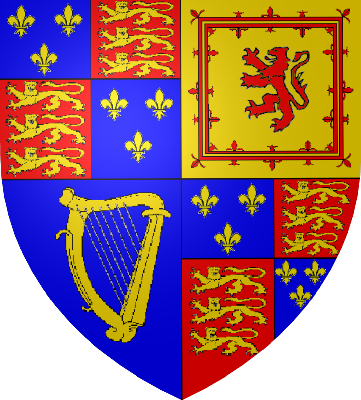The Republic of the Seven United Netherlands
Economy:
At this time The Republic is still one of the richest countries in the world. All the Dutch money comes from their colonies in both West and East India.
In India the Republic has colonies on the islands of the Indonesian archipelago and Ceylon. Here it makes good money of trade in spices, bringing it back to Europe to sell to the many countries that don't have colonies.
The Republic also has a small colony at the Cape of Good Hope. Every ship going East has to pass this point and with this the Republic can control the trade to the East would they want it.
In the West the Republic has colonies in Guyana and Suriname, here too it makes more than good money from trade. It also has smaller colonies on numerous islands in the Caribbean.
Here it also makes good money from slavetrade, being one of the few that does this. It has a small colony on the Gold Coast to import slaves from and from their slaves are brought to the New World.
The trade is done by the Dutch India Companies, the VOC and the WIC.
Military:
Because of the dangers facing the Republic it always has an strong army ready to fight. The army exists of 90,000 professional soldiers, but the numbers most of the time stays the same in peace and war. The Republic doesn't have the manpower to call on a big army during wartime and mainly relies on it's professional army.
The main Dutch strenght is in it's navy. The time of the great commanders, De Ruyter, Hein and Tromp and Tromp is over however the navy is still strong. It's divided in 5 Admiralties; Maze (Rotterdam), Amsterdam, Friesland, Noorderkwartier and Vlissingen. The navy can field a total of over 100 ships, some of which big heavy lineships, and even some with 100 cannons.
The Navy is the most important employer in the Republic, not only are there the 5 Admiralties, next to that there is the VOC and the WIC, these too have a few own warships.
[I'm doing this in parts, as last time I accidently deleted everything, more to be edited in]




 Reply With Quote
Reply With Quote


















 Our
Our 
 This is the latest (and propably) last report of my intelligence:
This is the latest (and propably) last report of my intelligence:



 Let me summarize:
Let me summarize:
 :
:
Bookmarks